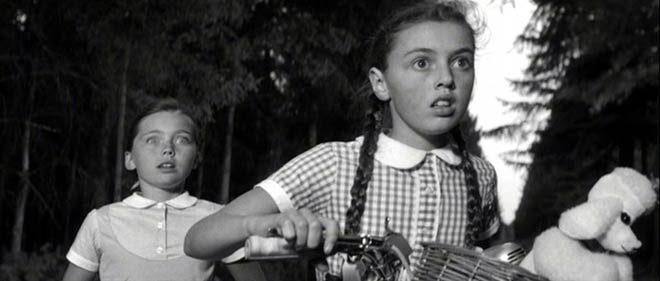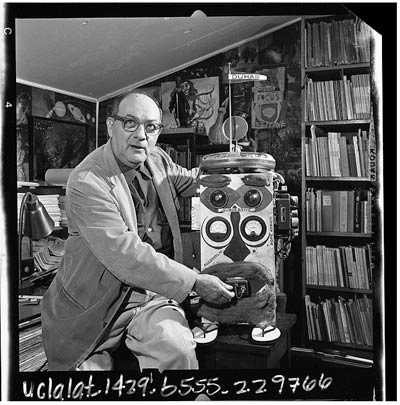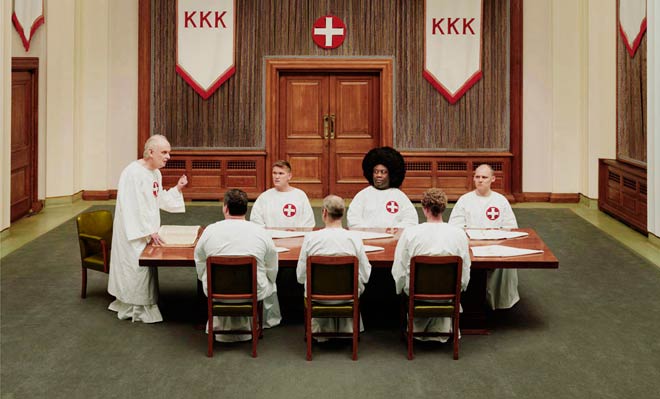I’ve published several books, won adoring reviews, and even sold a few copies. But I’ve made almost no money and had my heart broken. Here’s everything you don’t want to know about how publishing really works.
Being the author of several critically acclaimed, moderately successful books has given me an extraordinary, exciting, occasionally lucrative, quite public life. It has also broken my heart.
Nothing makes me happier than writing. And, thanks to the rules that govern publishing today, nothing I’ve ever done for a living — housecleaning, data entry, creating campaigns for big-name, cutthroat ad agencies, full-time motherhood — has been as hard on me as being a writer.
Being an author is the culmination of a lifelong dream. And — because the sales of each book I write determine my ability to remain one — being an author has ruined many of my greatest lifelong pleasures. (…)
Believe me, I know I’m lucky to be published at all. I’ve read enough talented unpublished writers to realize just how arbitrary that privilege is. I’m more fortunate still to have had publishers who made significant investments in my books, editors who have gone to the mat for me, an agent I admire and trust. For more than a decade I’ve earned a reasonable living as a writer, raised a child as a writer, had a mostly great time being one. (…)
In the 10 years since I signed my first book contract, the publishing industry has changed in ways that are devastating — emotionally, financially, professionally, spiritually, and creatively — to midlist authors like me. You’ve read about it in your morning paper: Once-genteel “houses” gobbled up by slavering conglomerates; independent bookstores cannibalized by chain and online retailers; book sales sinking as the number of TV channels soars. What once was about literature is now about return on investment. What once was hand-sold one by one by well-read, book-loving booksellers now moves by the pallet-load at Wal-Mart and Borders — or doesn’t move at all. (…)
Book 1: Contract signed 1994. Book published 1996. Advance: $150,000.
(…)
Sales: I don’t ask. No one seems to care. Final tally: Hardcover/paperback sales combined are 10,000 copies.
Current status: Out of print. Small but loyal cult following; 10 years later adoring fans still show up at readings, clutching well-worn copies, eager to tell me how book changed their lives.
The Desperate Years: 1996-98
(…)
Agent submits new manuscript to Editor Who Still Loves Me (despite disappointing sales of first book). EWSLM, enthused, takes manuscript to pub board. Sales director rejects new book, citing losses incurred by first one. EWSLM acknowledges to agent: It’s not the book being rejected; it’s the author. (…)
Agent offers EWSLM unprecedented deal: If publisher will buy new book, we’ll forgo advance to help defray losses from first one. EWSLM gently advises agent to “pursue other avenues.” Agent gently advises me to “pursue other genres.” (…)
Question to potential new agent: “Do you think changing agents will help my career?”
New agent’s answer (in so many words): “It sure can’t hurt.”
Book 3: Contract signed 1998. Book published 2001. Advance: $10,000
Book takes two years, intensive research, mostly joy to write.
Book rejected by 10 publishers; lone editor making offer promises to “make up for the modest advance with great publicity on the back end.” Desperate to “get back in the game,” I accept advance that’s less than 10 percent of first one from editor who never returns my calls, continues to misspell my name.
Book 4: Contract signed 2002. Book published 2004. Advance: $80,000
Book takes two years, hellish research, difficult and delightful to write. (…)
Book 5
New book proposal written overnight, submitted to editor of Book 4. Editor loves idea, pitches to pub board. Pub board loves idea, agrees to make offer. Editor/agent have celebratory lunch. (…)
Three weeks after celebratory lunch, normally overly optimistic agent calls, sounding near tears. “It’s bad, Jane. They’re not going to make an offer.”
{ Jane Austen Doe/Salon | Continue reading }


























